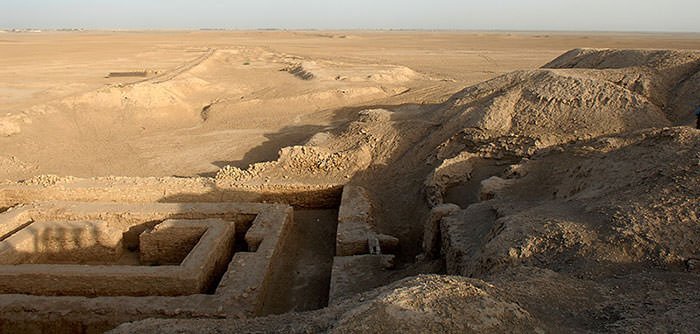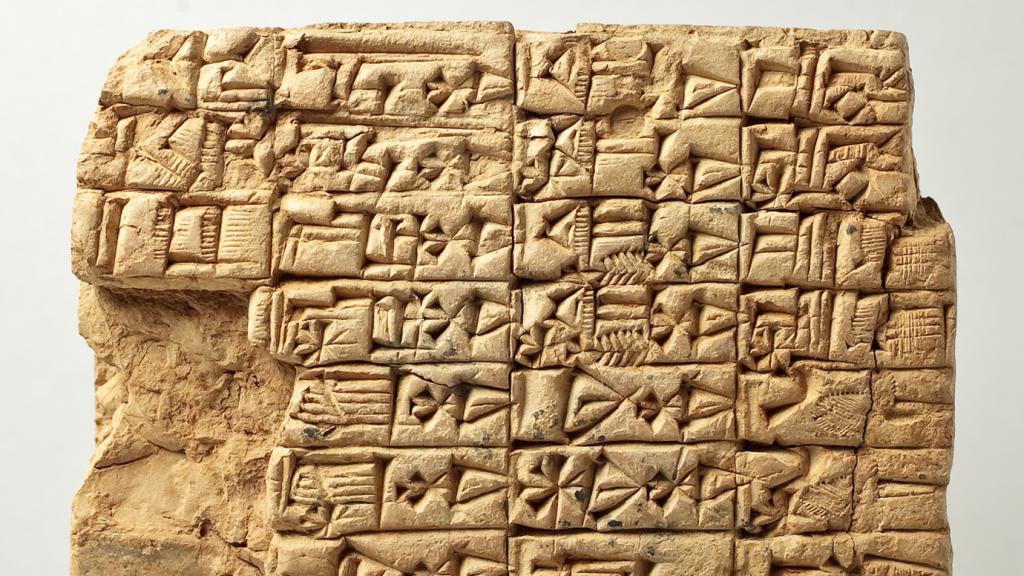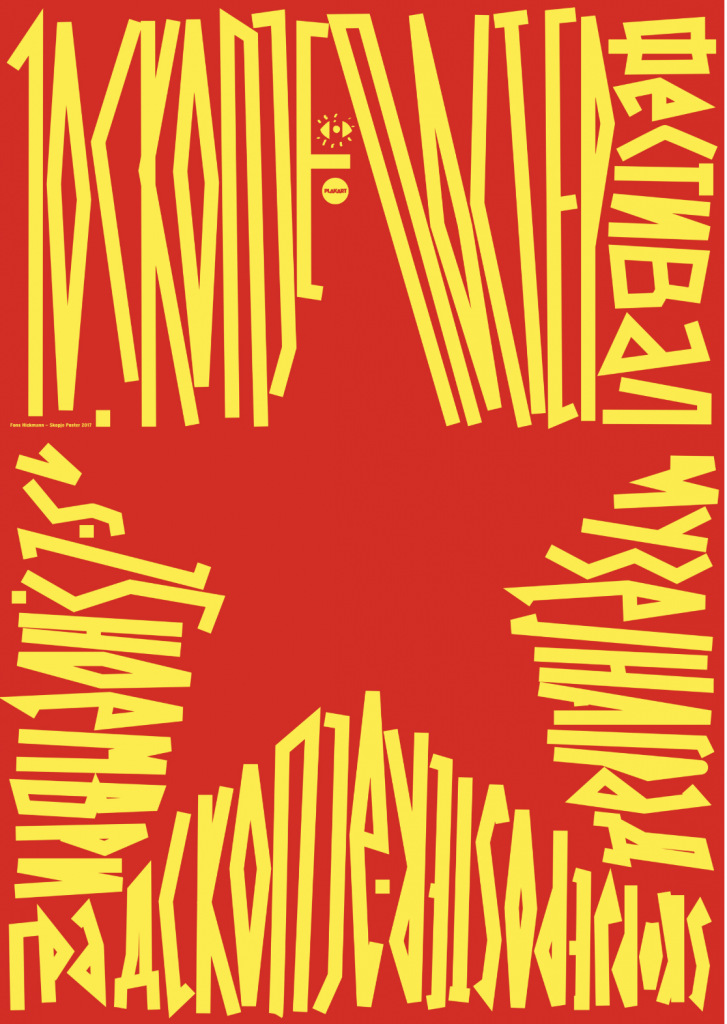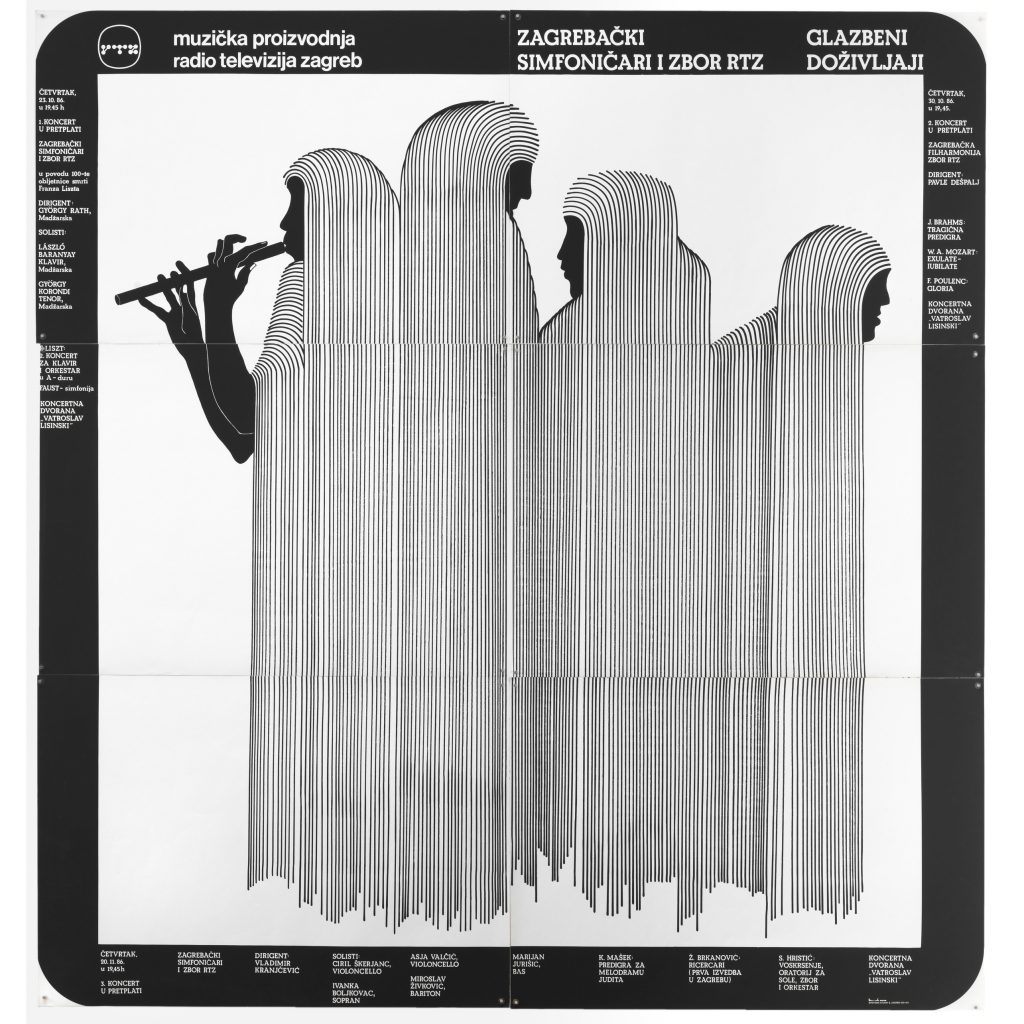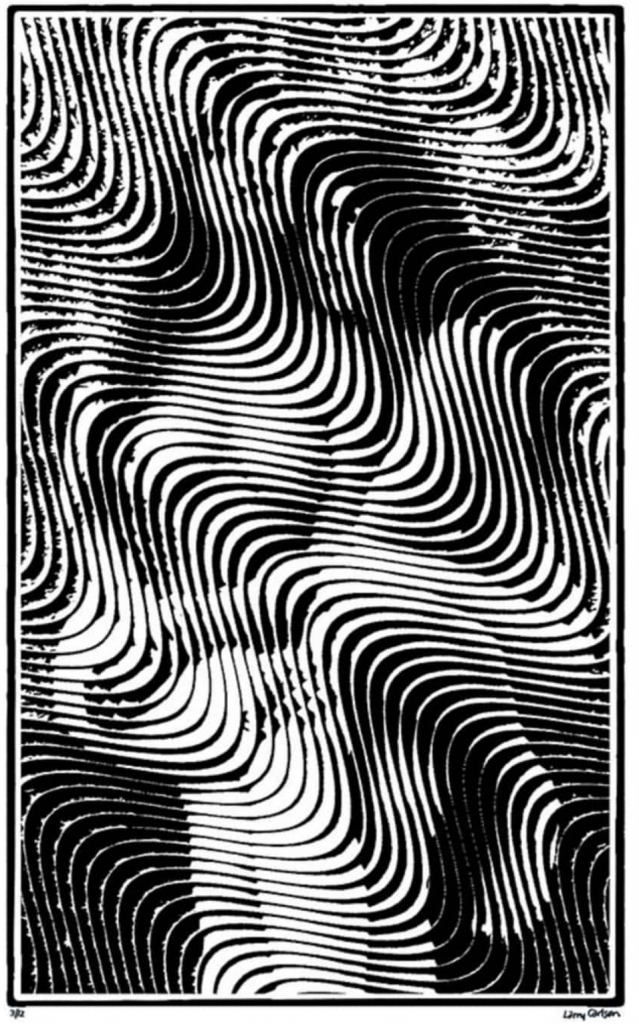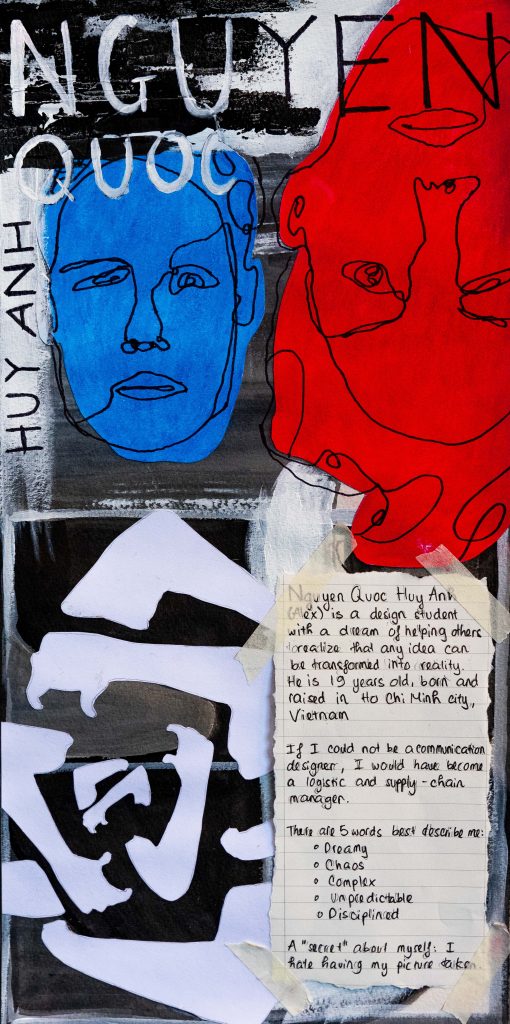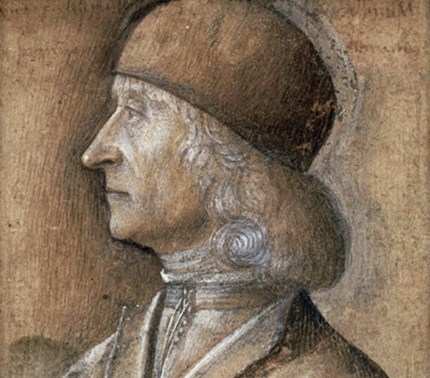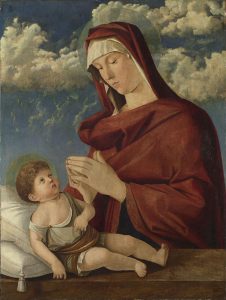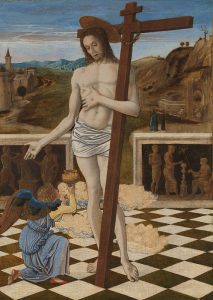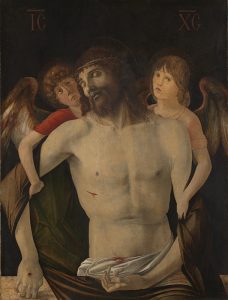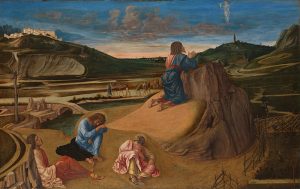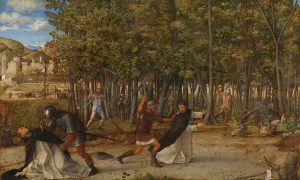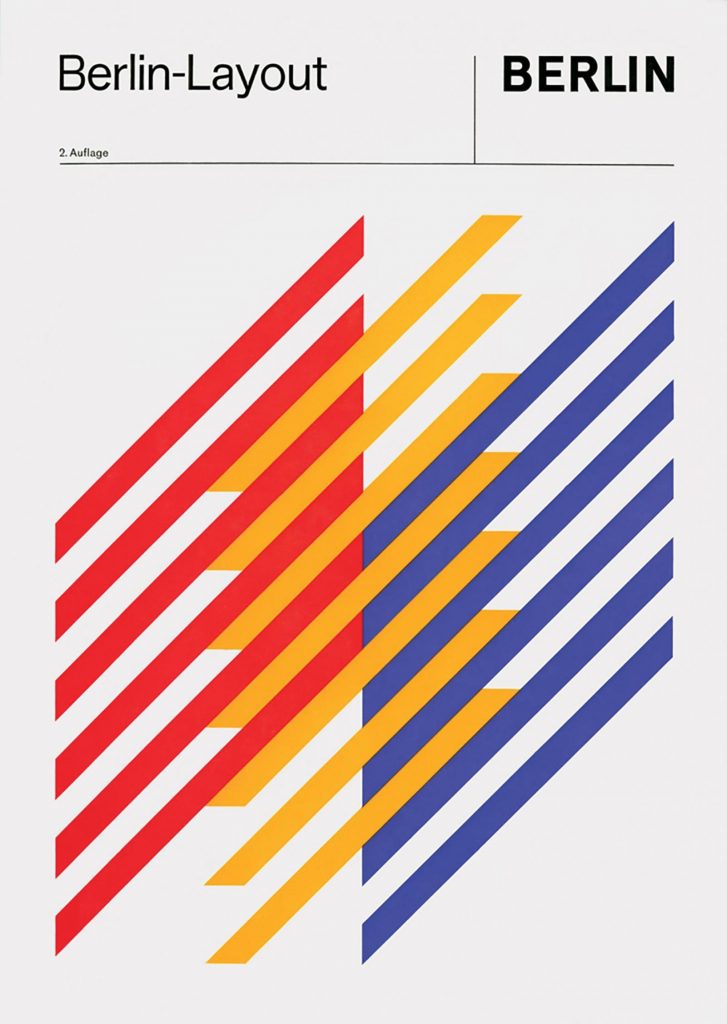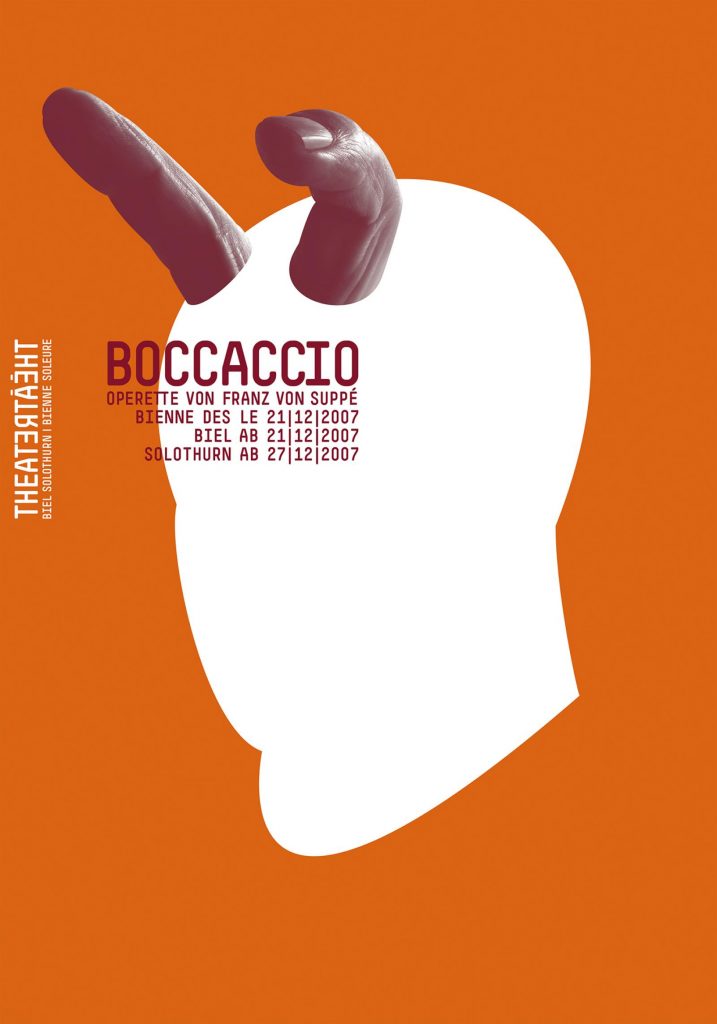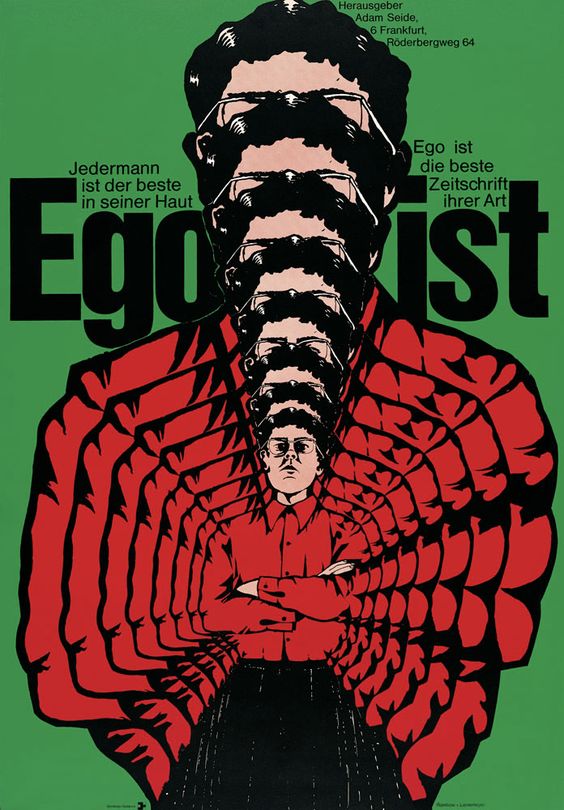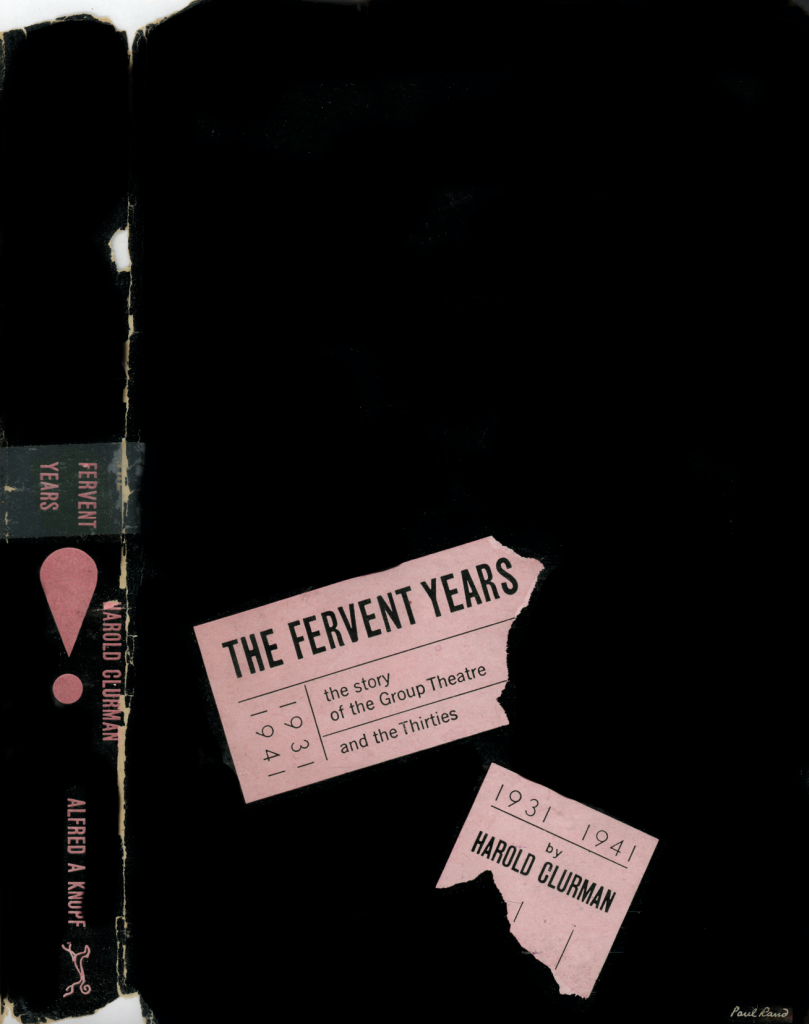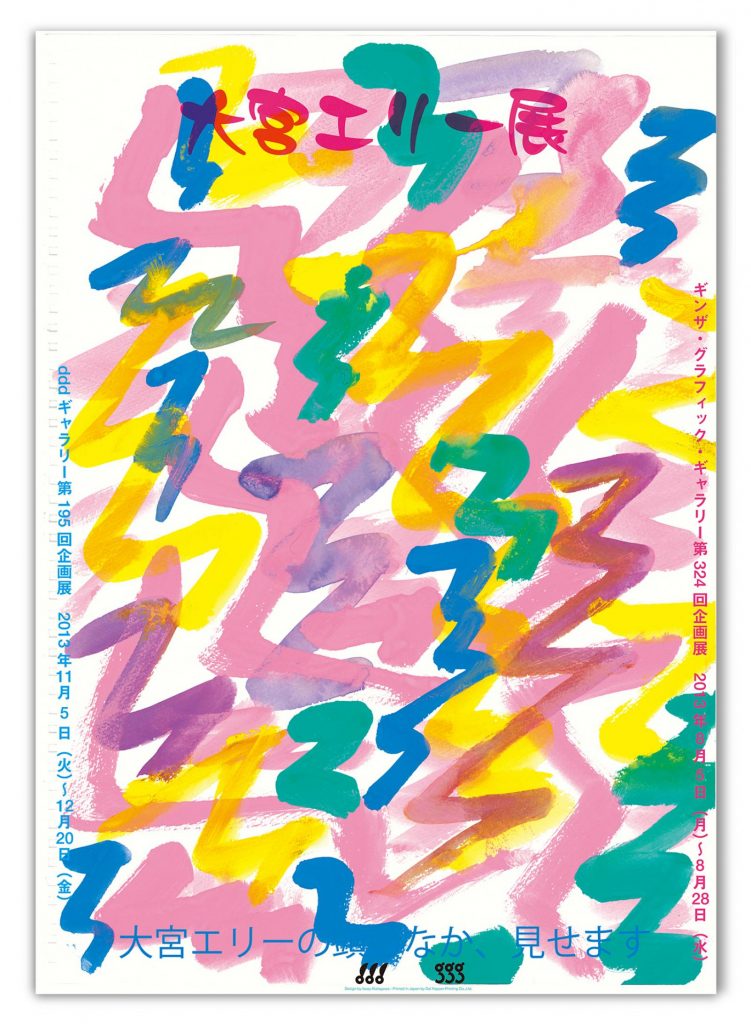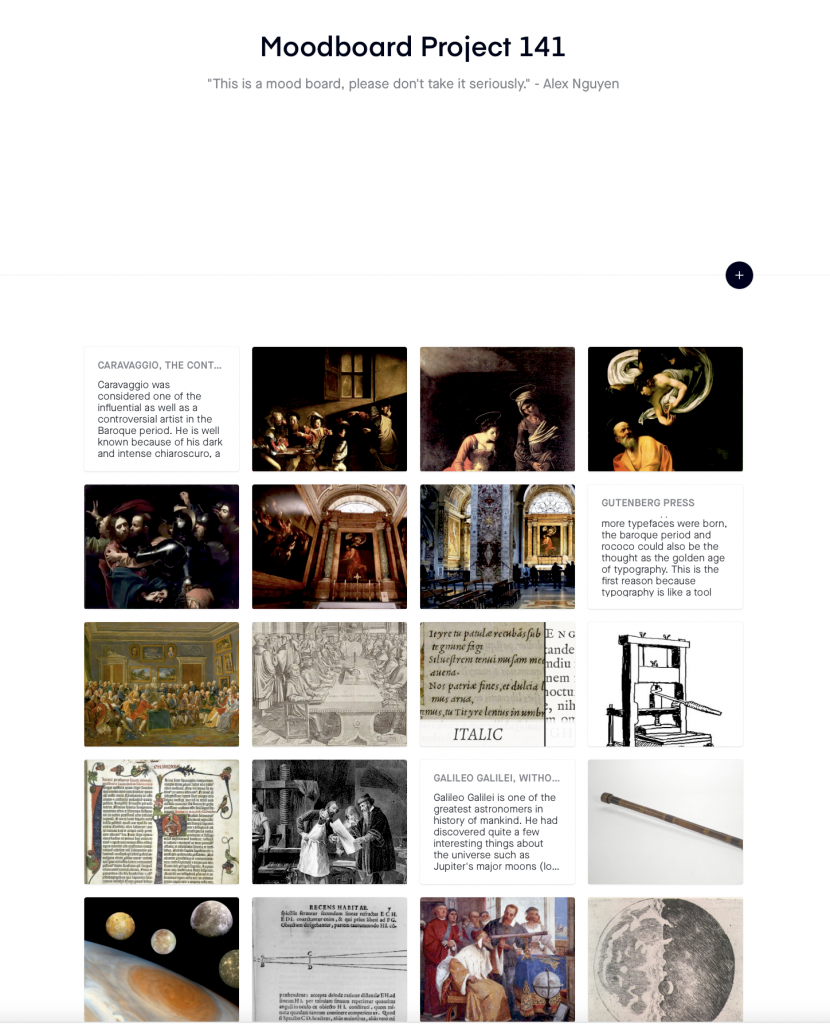
InVision is great for making mood-board; however, I still think Google Presentation or Powerpoint would be easier to assemble pieces of information and to present. The period in history that I was given is the Baroque and Rococo (1450 – 1750). There were 3 events that I chose to make some research in this project, which was:
- The discovery of using a telescope to observe celestial objects (Galileo Galilei)
- The invention of The Gutenberg Press (Johannes Gutenberg)
- Caravaggio and how he had made an impact in the world of painting
This project is a fairly good project for entry-level designers, or first-year design student to study the process of making a mood-board. As I mentioned, InVision is good but it is certainly not the one that I would recommend to others. In reality, creating a mood-board is a more complex process because of the diversity and flexibility of the brief. Time and the size of the project will decide on the number or the complication of the mood-board. By saying this, I am not trying to devalue the importance of this project but only for the reflection of my experience in the creative field. I love this project despite its boringness content and the kind-of-confusing tool because it reminds me of the reality of being a communication designer, which is to create for others and to others. Indeed, designing is not a medium for self-expression as Peter Saville once said in his interview. The truth of being a communication designer is that we are not artists, but we are the experts in solving problems by using images. There will always be work that would make us want to question ourselves that “if this has been the right choice?”. For all of the reasons I have said in this blog, I would again want to clarify that this is a great project and I would love to recommend this to the later first years. I know that InVision is not the best way to create mood-boards but sometimes you just gotta do what needs to be done.
Self – Assessment: I would happy to give myself 7/10 for this project because I can’t even believe that I would be able to pull this project off. Personally, I don’t think this moodboard project requires any creativity but somehow I did manage to have some connections between topics. Although some of the connections might seem vague but due to the oddness of the brief, I would say I am satisfied of my ability to tie unrelated things together. I did more than what needs to be done; therefore, 7/10 might be a good marks to be considered.

